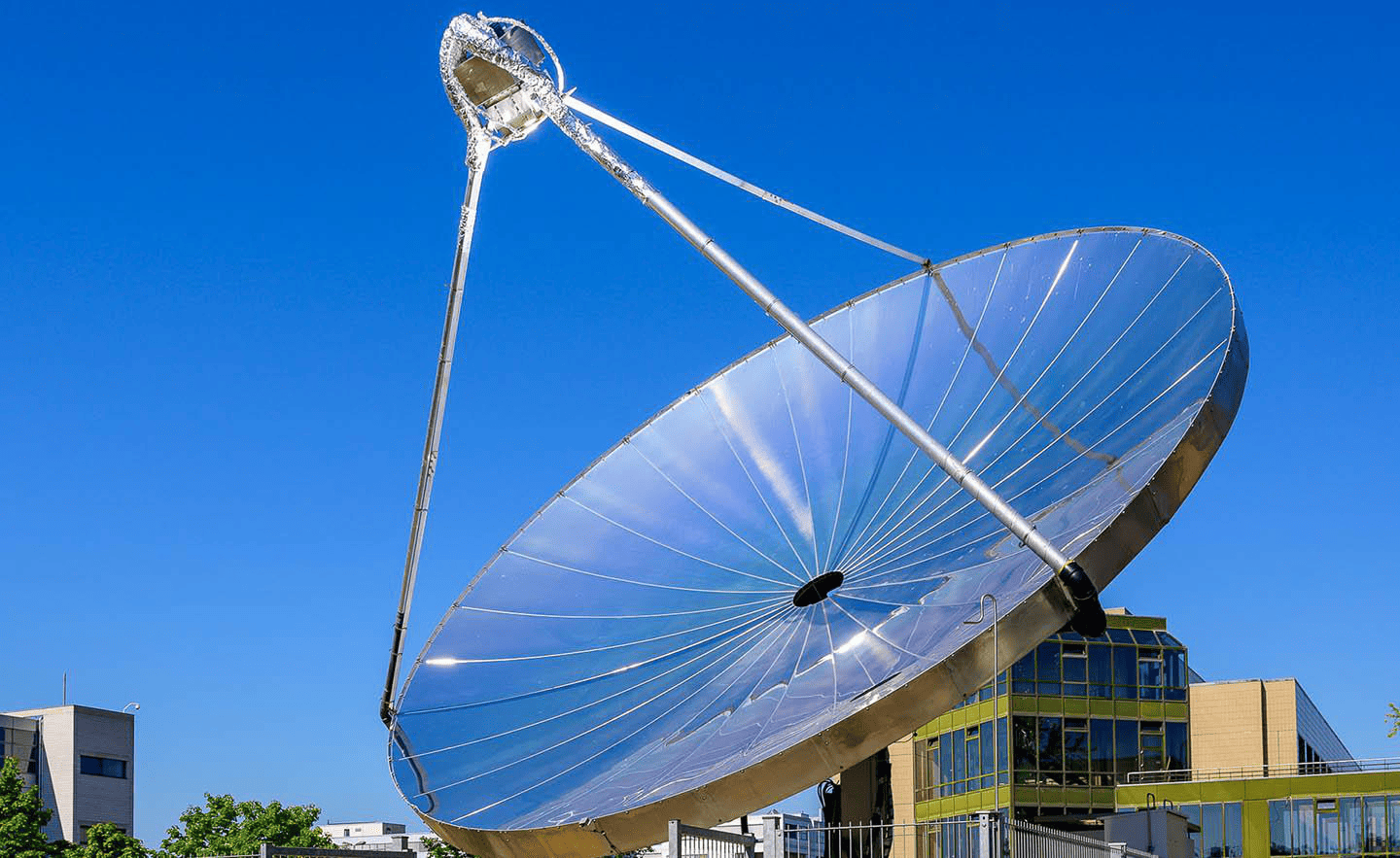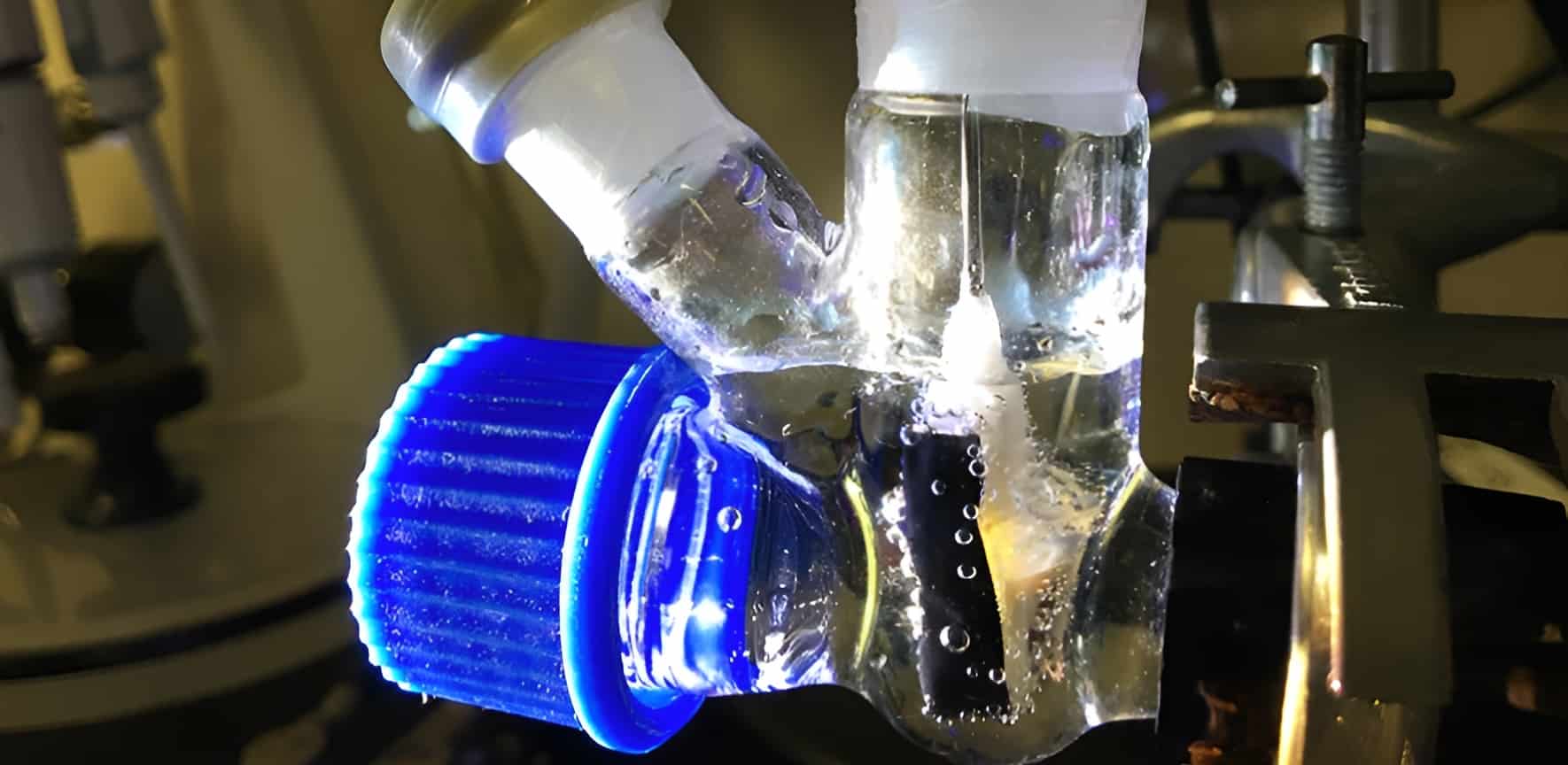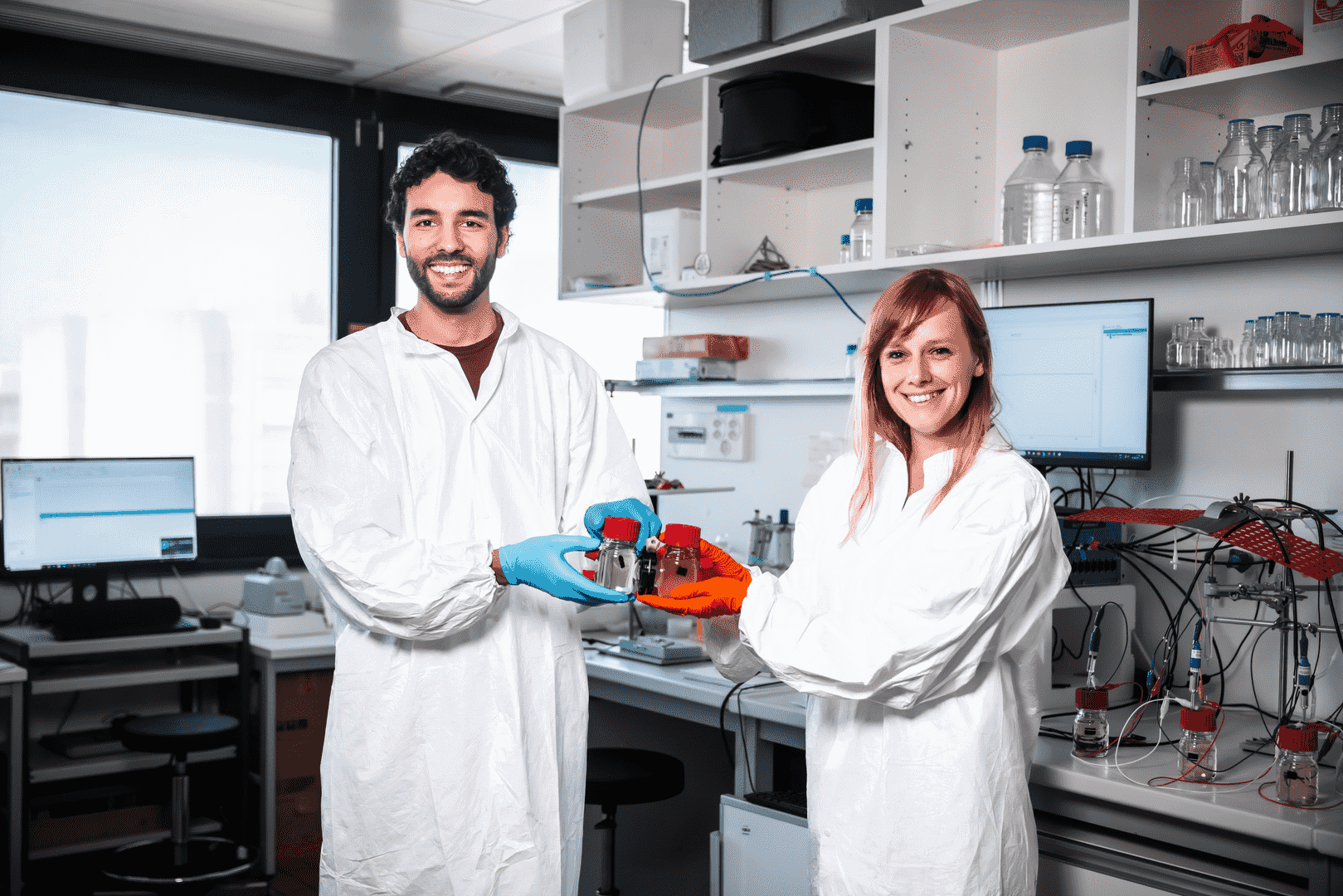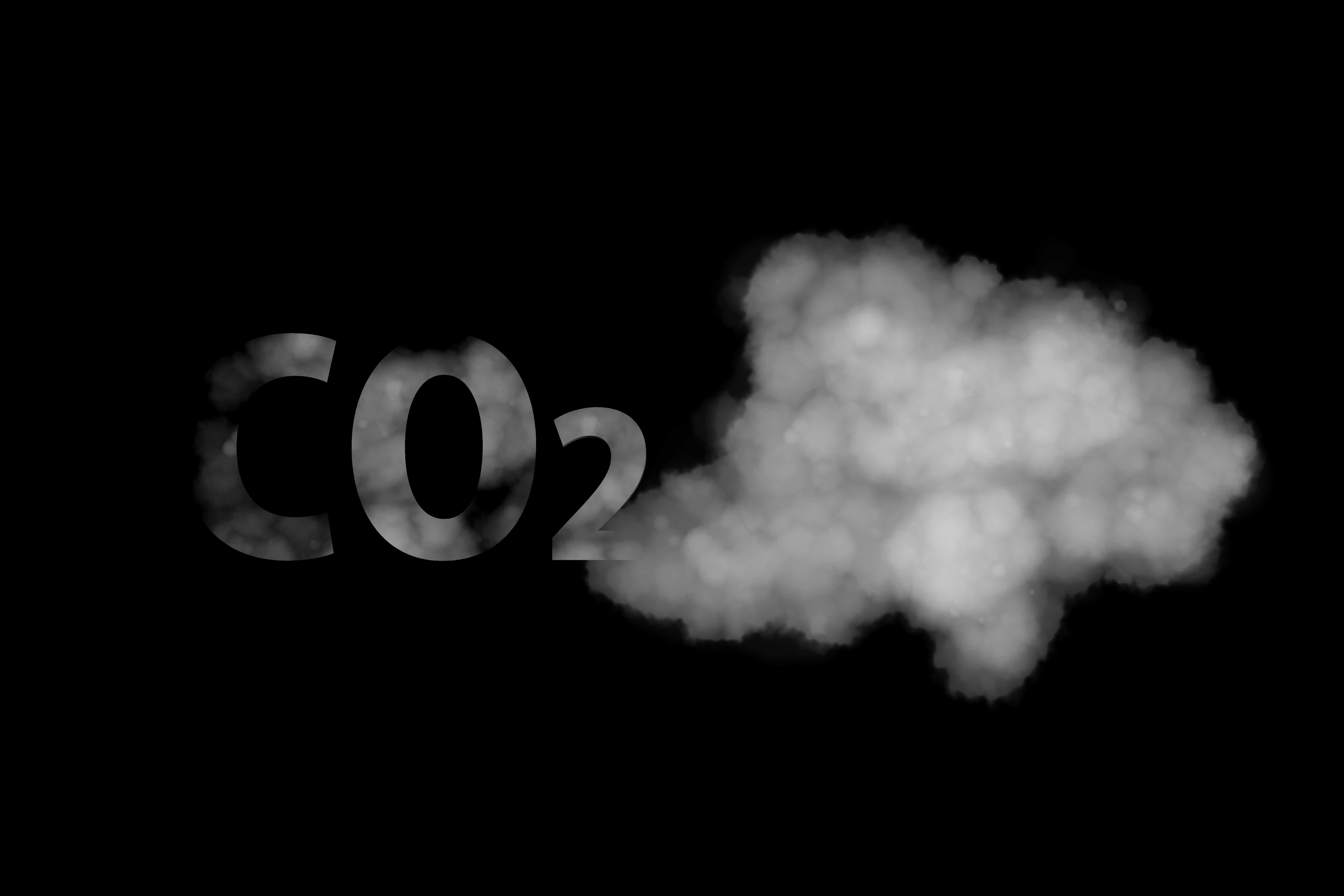
Within the campus of a university as active in research as Lausanne’s EPFL – École Polytechnique Federale Lausanne – spotting a giant aluminum parabolic dish isn’t anything unexpected. What’s unique about it is its function. One might think it is a cutting-edge receiver or transmitter for 5G or maybe 6G networks, but it’s not. The parable is a proper artificial tree that follows the sun, harnessing its light, to produce hydrogen.
- Swiss researchers designed a solar system to produce hydrogen;
- The parable works throughout the whole year – although with a reduced output;
- A company was founded to commercialize the technology;
EPFL researchers created a device to generate hydrogen, oxygen, and heat. The dish is a photoelectrochemical system merging a photovoltaic device and an electrolyzer. An electrolyzer uses electricity to drive chemical reactions, such as producing hydrogen.
Following years of studies within the university’s lab, the researchers developed a pilot-scale dish to test the technology in a real-world environment. “We’ve always had a clear vision of creating a system that could be scaled and demonstrated. To do so, you need to have a pragmatic approach, focusing on available materials,” said Prof. Sophia Haussener, head of the Laboratory of Renewable Energy Science and Engineering (LRESE).
The artificial tree they installed on the university premises can produce up to half a kilogram of hydrogen per day – enough to supply a Swiss family’s daily energy needs. Furthermore, the dish also allows for producing oxygen and heat.
Hydrogen production
The system comprises a seven meters diameter parabolic dish and a solar reactor. The parable works as a solar concentrator; on its focal point – where sunlight is conveyed – there is the reactor. Concentrating light on a small area results in a more compact device, saving on costs and materials. As the light reaches the focus, it is homogenized to provide a uniform light flux, which is critical to optimizing performance.
The only thing that needs to be added is water. EPFL’s scientists pump water to the reactor, using it both for hydrogen production and as a heat transfer fluid, ensuring that all components don’t overheat. At the same time, heat is transferred to parts that improve their performance with temperature. Following chemical reactions, hydrogen and oxygen are stored in a compressed form.
Works throughout the year
Sun is the primary energy source of the artificial tree, but what happens when it doesn’t shine? In the research paper presented by the Swiss cohort, scientists also showcase different data gathered throughout the whole year.
“If the day isn’t so sunny, it will keep working, but with a lower output. However, the system’s efficiency – around twenty percent – doesn’t change, as the same proportion of sunlight will be converted into hydrogen,’ clarifies Haussener.
The artificial tree produces up to half a kilogram of hydrogen per day using a closed circulating water system so that no drop of water goes to waste. “An important aspect of our technology is that it can generate heat, too. It could be interesting for residential applications in the future,” she adds.
Spinning out of the lab
Given the promising results, SoHHytec was created as a spin-out of the LRESE to start commercializing the technology. Haussener co-founded the company with another researcher of the EPFL lab, Saurabh Tembhurne, the company’s CEO.
“We demonstrated record-breaking performance for high efficiency and power density, making the solution economical. At this stage, we’re bringing our solution to the market, starting with the heavy industry as a customer,” Tembhurne explains.

Improving the technology
SoHHytec is now testing its artificial tree in a steel processing plant to supply green hydrogen. In the factory’s production and processing operations, hydrogen is one of the production inputs. The spin-off worked on further refining its technology while using its artificial tree in real-world settings.
To be a reliable hydrogen source for industrial plants, the artificial tree needs to produce hydrogen 24/7. To mitigate solar’s limitations, the company made its system more flexible, offering the possibility to integrate it with external sources of electricity to keep producing hydrogen. Sunpower complements well with wind or hydropower, so electricity can be drawn from other renewable sources when the sun doesn’t shine. Such integration strictly depends on the location of the installation. There would be no need for it in countries like Spain or Portugal, as per Tembhurne.
Another aspect the company took care of is light intermittency. On some days, light flux can variate a lot, with moments of sunshine and others when clouds cover the sun again. These aspects pose challenges to a device entirely reliant on the sun. “To manage intermittency, we developed a smart control algorithm and hardware,” SoHHytec’s CEO adds. “Most importantly, durability has always been the main constraint of photoelectrochemical devices. We expect our technology to have a 25-years lifetime, on par with conventional solar panels and electrolyzers.”

Artificial trees forests
What’s more, the company designed a product range including different-sized artificial trees. A system of 20 kW produces an output of 10 kilograms of hydrogen per day. A bigger version of thirteen diameter version guarantees doubles the output. Then, SoHHytec also envisions a 25-meter diameter model suited for barren lands like deserts or other unusable areas with forests of artificial trees.
Besides the process industry, the company targets other sectors where hydrogen will be easier to deploy. Mobility, specifically the heavy-duty one, is one of them. It might be possible to have the parables next to refueling stations in the most-beaten corridors of lorries. Another option is establishing hydrogen production hubs closer to where and when it’s most needed.







